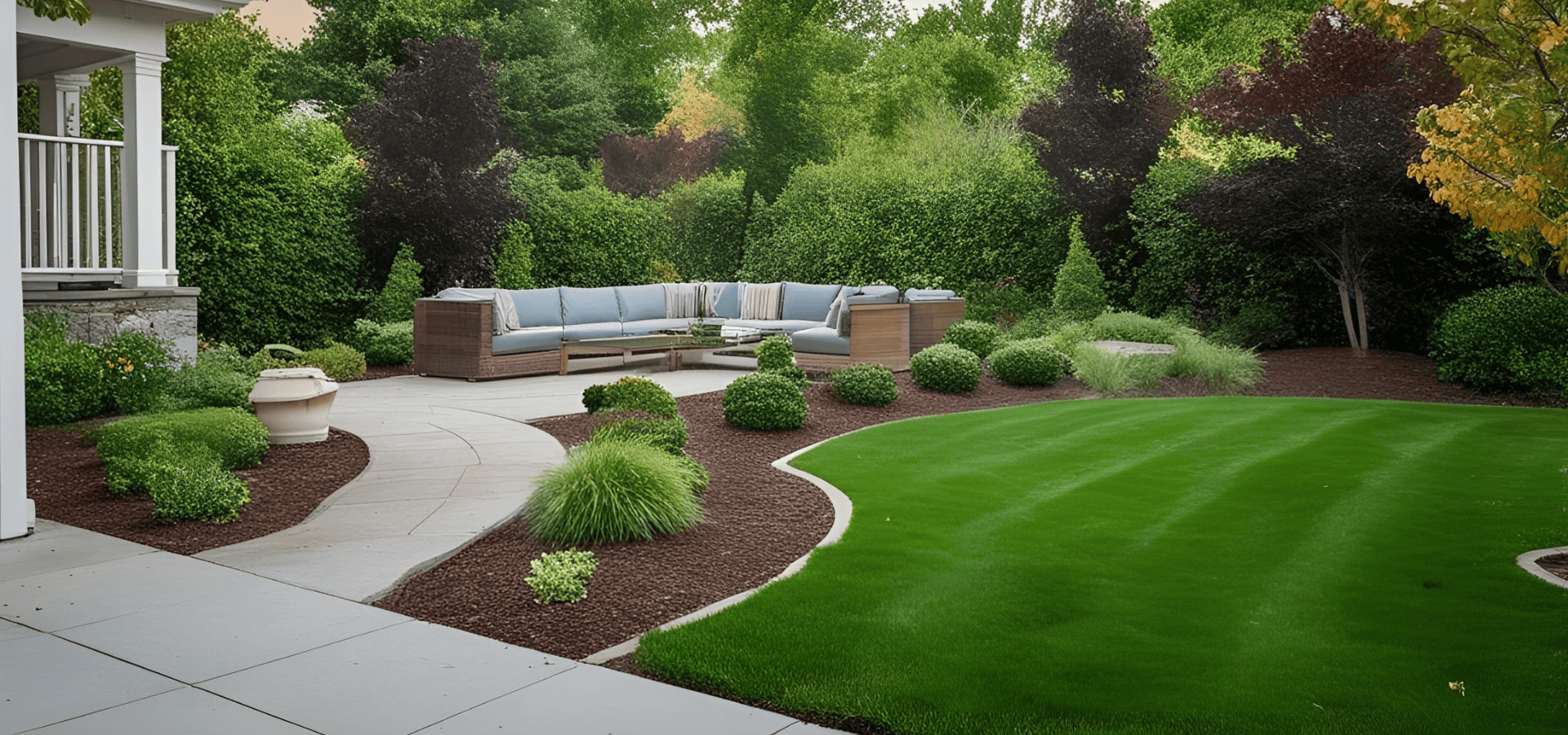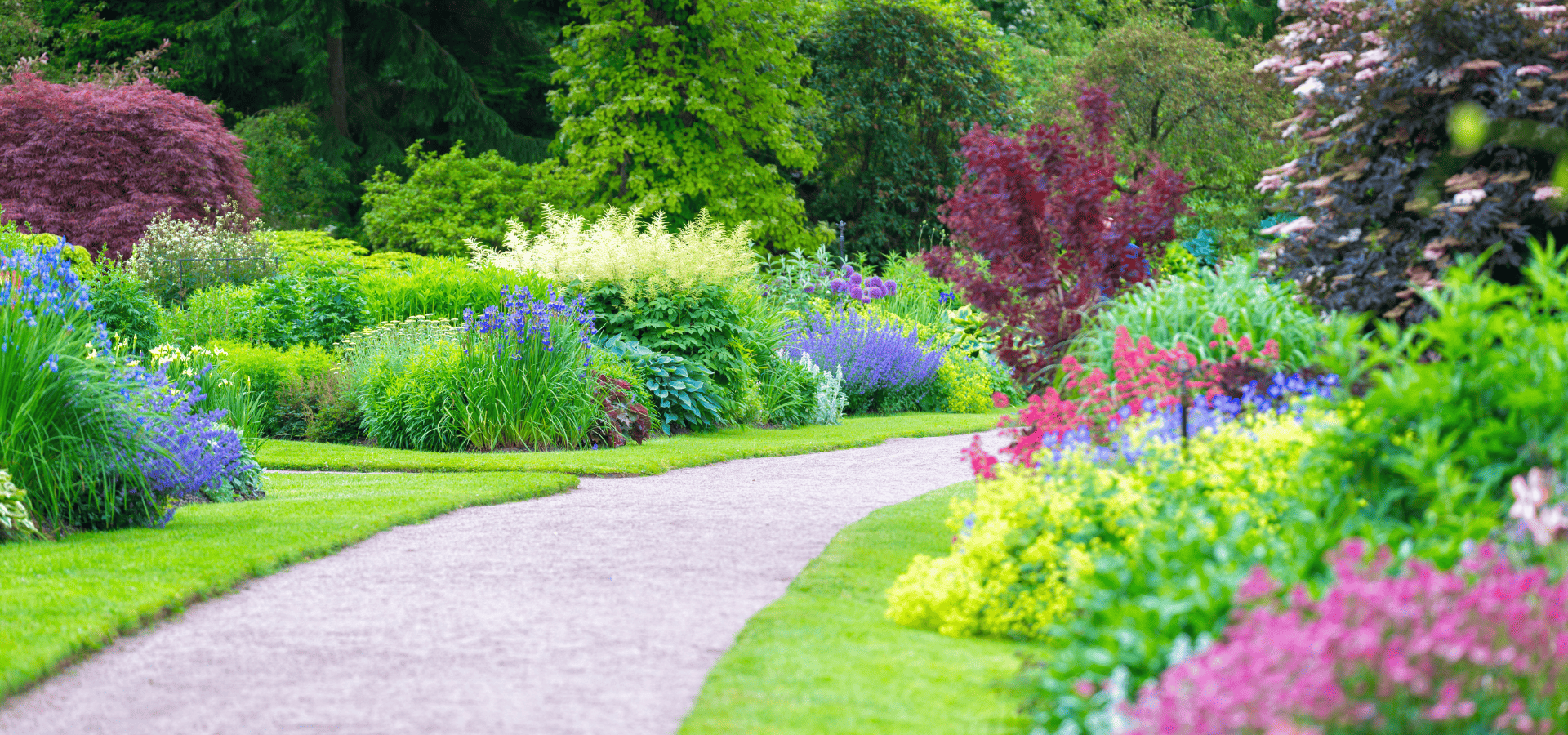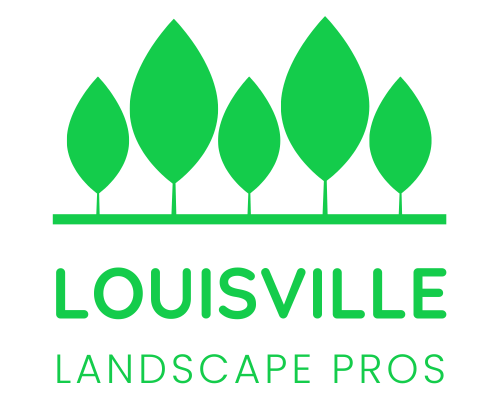What To Consider When Selecting Plants For A Landscape
Plant selection is the cornerstone of any beautiful landscape. Choosing the right plants can elevate your outdoor space and boost curb appeal. Most importantly, it creates a relaxing retreat.
Imagine your dream outdoor space. Is it filled with colorful blooms? A serene retreat where you can relax and unwind? Or perhaps a modern, minimalist haven that reflects your style? Whatever your vision, the right plants create the perfect outdoor space.
Understanding Your Louisville Yard
Every yard has a unique personality. Before we discuss plants, let's examine your outdoor space.
What kind of soil do you have?
How much sunlight does your yard get?
Are there any shady spots or areas with particular challenges?
Understanding these factors is like getting to know a new friend. It helps you choose plants that thrive in your landscaping.
Next, think about what you want to achieve. Do you dream of
A peaceful escape
A lively entertainment area
A low-maintenance haven?
Your goals will guide your plant choices. And don't forget about the size of your yard. Big or small, there are perfect plants for every space. The best choices fit the size of your setting now and as they grow to full size.
Selecting Plants for Your Louisville Landscaping
Let’s look at some popular choices to fill in your lawn and garden design.
Perennials: Garden Staples
Perennials are like a garden’s steady friends. They come back every year, adding color and texture to your outdoor setting. These hardworking plants are a foundation for your outdoor space.
Louisville's gardening zone 7a offers a variety of perennials. Some popular landscaping options include:
Salvia: Beautiful blooms and aromatic foliage, salvias come in various colors and sizes. Try Indigo Spires for a stunning vertical accent.
Russian Sage: Drought-tolerant perennial boasts silvery-blue foliage. Spiky flowers add texture.
Daylilies: Easy-care beauties with many flower shapes and colors. Choose Stella d'Oro for classic yellow or Happy Return for bright red blooms.
Shrubs: Adding Structure and Interest
Shrubs are like the backbone of your yard’s structure. They provide shape, height, and visual interest. They add privacy, color, or year-round appeal.
Here are a few popular options:
Hydrangea: Large, showy blooms that add a touch of elegance to any garden. Consider Endless Summer for continuous flowering.
Boxwood: Classic evergreen shrub with dense foliage and a tidy shape. Perfect for hedges or foundation plantings.
Butterfly Bush: This fragrant shrub attracts colorful butterflies. It’s a favorite for pollinators and offers stunning blooms all summer.
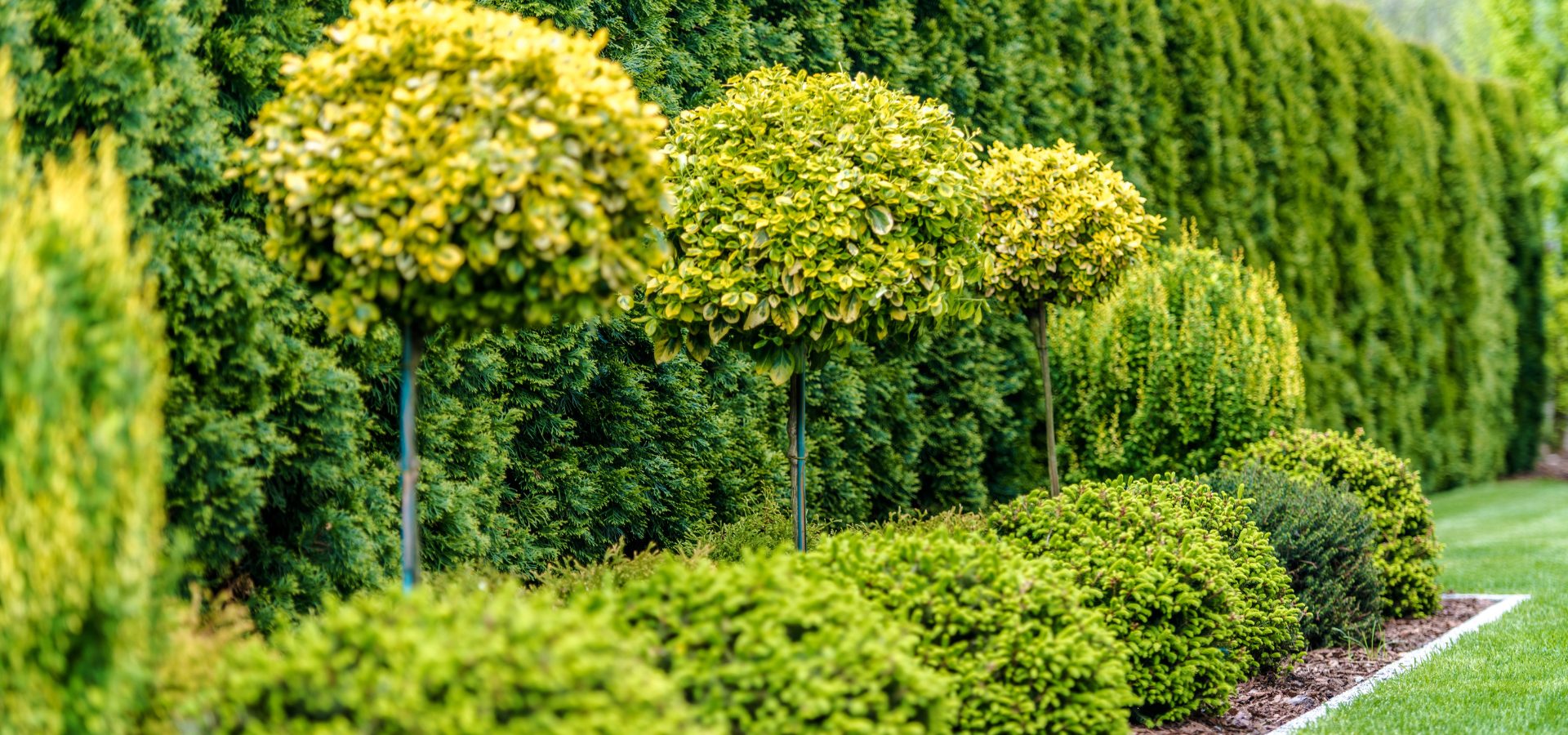
Trees: The Centerpiece
Trees are the grand statements of a landscaping design. They provide shade and improve air quality. Consider a tree’s mature size, leaf color, and growth habit. Also, think about the tree's purpose. Is it for shade, privacy, or beauty?
Some popular tree options for Louisville include:
Red Maple: Relatively fast-growing native tree with spectacular fall foliage.
Flowering Dogwood: A classic choice for beautiful spring blooms.
Oak: A symbol of strength and longevity. Oaks provide excellent shade and wildlife habitat.
Groundcovers: Create a Beautiful Base
Groundcovers are the unsung heroes of your yard and garden. They fill in empty spaces, prevent erosion, and keep weeds down. Plus, they add a beautiful, low-maintenance layer.
Consider the yard's conditions when choosing a ground cover. Do you need something to handle shade or full sun? Are you looking for a flowering groundcover or evergreen foliage?
Here are a few Louisville options:
Creeping Phlox: Colorful sun-loving ground cover that blooms in spring.
Vinca Minor: Evergreen foliage and cheerful blue flowers, good choice for shade or sun.
Lamium: Shade-loving with pink, purple, and white blossoms. Green, silver, and yellow leaves.
Plant Selection for Specific Purposes
Tailor the landscape design for your specific needs.
For instance, if low-maintenance living is your priority, choose drought-tolerant plants. Look for options that are resistant to pests and need minimal pruning. Consider native grasses or groundcovers for a carefree yet attractive look.
If you're passionate about attracting butterflies, bees, and hummingbirds, create a pollinator garden. Select plants with vibrant flowers, diverse shapes, and a continuous blooming period. Milkweed, coneflowers, and lavender are excellent choices.
Plant Combinations and Design Ideas
Picture your dream lawn and garden. Is it a vibrant burst of color, a serene retreat, or a modern masterpiece? Creating the perfect outdoor space is like painting a picture. It's all about choosing the right colors, textures, and shapes.
Think about the overall look you want. Do you prefer a colorful explosion or a more subdued, peaceful vibe? Mix plants with different textures. Choose smooth leaves and rough bark to add depth and interest.
Consider the size of your yard and choose plants that fit the space. Create focal points with larger plants or unique features to draw the eye. And don't forget to mix plants with different growth habits for added visual appeal. Use upright shrubs, trailing vines, and spreading groundcovers for contrast.

Here are some plant combination ideas for different landscape styles.
- Cottage gardens combine a variety of flowering perennials, shrubs, and vines. They create a casual, romantic look. Imagine roses, peonies, and clematis mixed with rambling vines and soft grasses.
- Use clean lines, geometric shapes, and a limited color palette for a modern look. These will create a sleek, contemporary look. Consider grasses, boxwoods, and yuccas arranged in symmetrical patterns or bold groupings.
- For a xeriscape garden, choose drought-tolerant plants. Succulents, cacti, and native grasses become a low-maintenance and water-wise landscape. These plants thrive in Louisville summers and need minimal watering.
The best plant combinations are the ones that make you happy. So, experiment, have fun, and let your creativity shine!
Seasonal Interest
A well-planned landscape design offers something to admire throughout the year. Here’s how to add seasonal interest to your Louisville yard.
- Spring blooms: Welcome spring with vibrant flowers like tulips, daffodils, and azaleas. These early bloomers add a burst of color and life to your garden.
- Summer color: Flowering shrubs, perennials, and annuals offer many colors throughout the summer. Consider roses, coneflowers, and butterfly bushes.
- Fall foliage: Admire the stunning fall foliage of trees like maples, oaks, and dogwoods. These trees create a breathtaking display of color.
- Winter interest: Add interest to your yard with evergreen trees, shrubs, and grasses. Consider holly, juniper, and ornamental grasses.
Sustainable Landscaping Practices
Creating a sustainable landscape is a win-win for both you and the environment. Here's how to make your yard eco-friendly and budget-friendly:
- Choose native plants: These plants are like superheroes for your yard. They’re adapted to local conditions and need less maintenance. They also support wildlife and help preserve biodiversity.
- Conserve water: Install water-saving practices, such as installing an efficient irrigation system. Some people also harvest rainwater and choose drought-tolerant plants.
- Reduce pesticide use: Let nature do its thing! Use natural pest control methods. Or attract beneficial insects to keep your garden healthy.
- Compost: Turn yard waste and kitchen scraps into a goldmine for your soil. Composting helps reduce waste and keeps your plants happy.
Sustainable landscaping builds an outdoor space where you’ll love spending time.
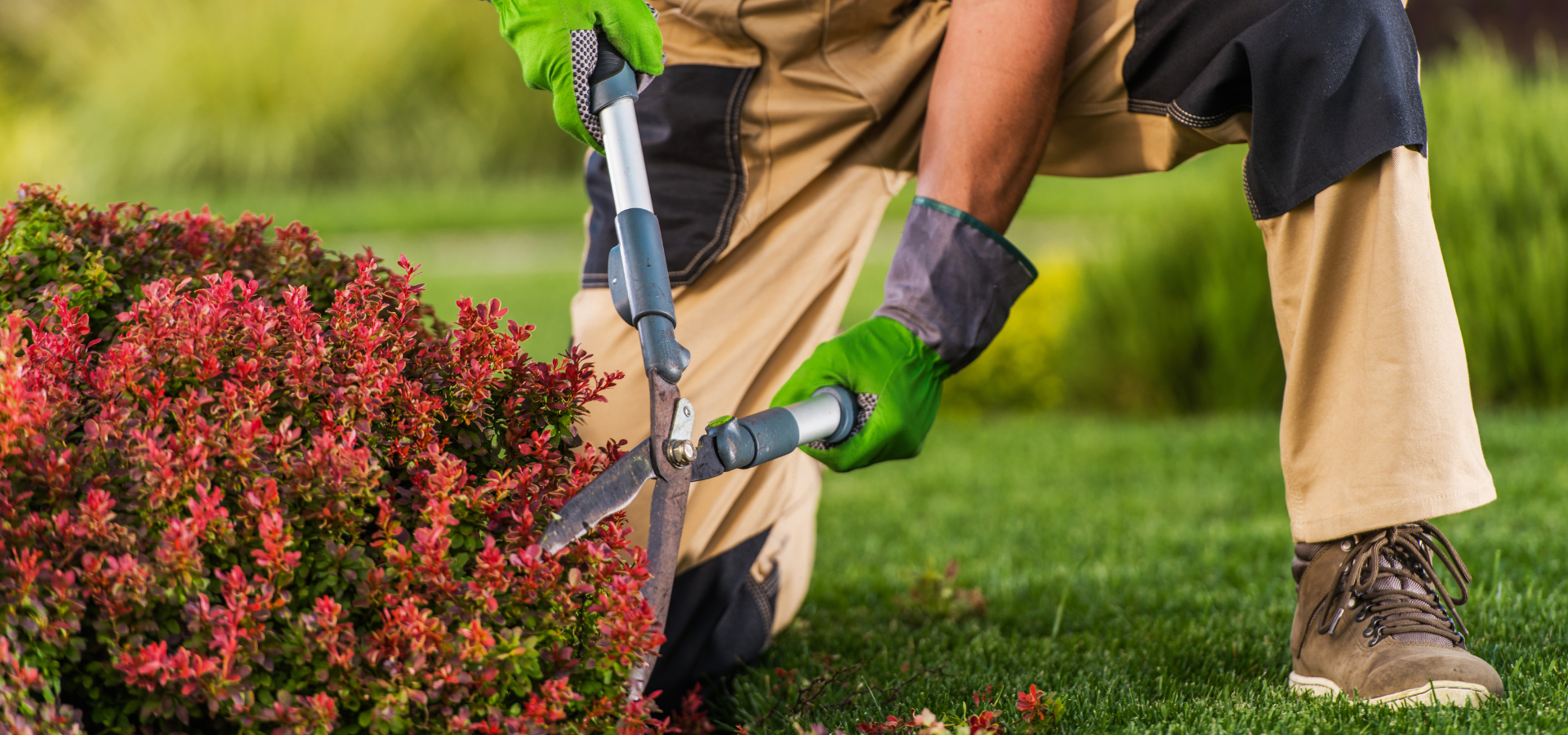
Plant Care and Maintenance
Caring for your plants helps maintain a healthy landscape. Selecting the right plants gets you started, and maintenance comes next.
Watering
Each plant has specific watering needs. Soil type, sunlight, and plant size influence how often and how much water a plant needs. Group similar plants for more efficient watering, as they likely have similar needs. But keep checking individual plants for signs of thirst or overwatering, too.
Fertilizing
Fertilizers give plants a nutritious snack. Just like humans need vitamins, plants need essential nutrients for healthy growth.
Choose a fertilizer that's specifically designed for your plants' needs. Organic fertilizers are gentle on the environment and release nutrients gradually.
Not all plants take the same amount of fertilizer. Some are heavy feeders that need more nutrients than others. Hydrangeas are one of them since they need a boost to bloom throughout the season.
Pruning
Pruning is the art of shaping, sizing, and encouraging plant health.
- Shape and size: Prune to maintain your plants' desired shape, size, and health.
- Deadheading: Remove dead or spent flowers to promote more blooming.
- Thinning: Thin out dense shrubs or trees for better air circulation. Thinning also lets sunlight reach the roots better.
Pest and Disease Control
Pest control is about protecting plants from insects and diseases. Watch plant selections for signs of trouble. Keep an eye out for yellowing leaves, strange spots, or tiny critters.
If you notice something amiss, don't panic! You can try natural remedies, like neem oil or insecticidal soap. These gentle options help control pests without harming plants or the environment.
If the problem is severe, it might be time to call in a professional. A landscaper or arborist can diagnose the issue and recommend the best action.
Professional Plant Selection and Installation
Choosing the perfect plants for your Louisville yard design is just the beginning. A professional landscaper brings expertise in plant choices. They’ll make sure you select varieties that thrive in the local climate and soil conditions.
Pros create a harmonious and appealing outdoor space. They understand the art of plant placement. They also consider size, color, texture, and growth habits.
You might also like
